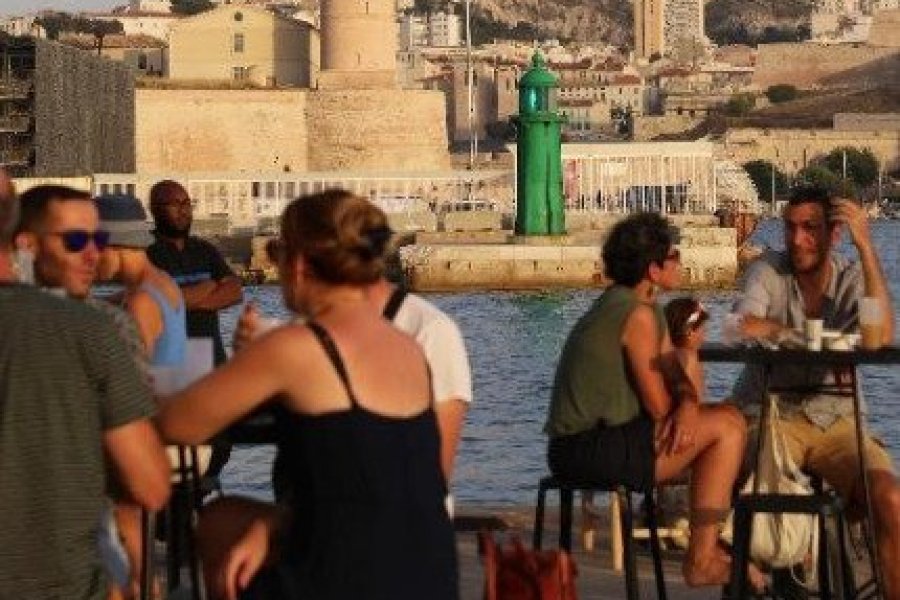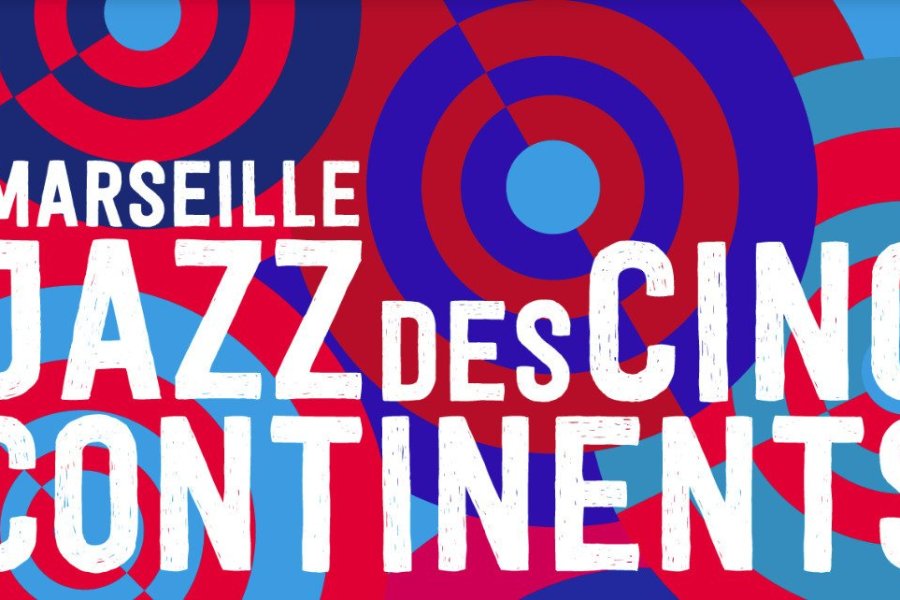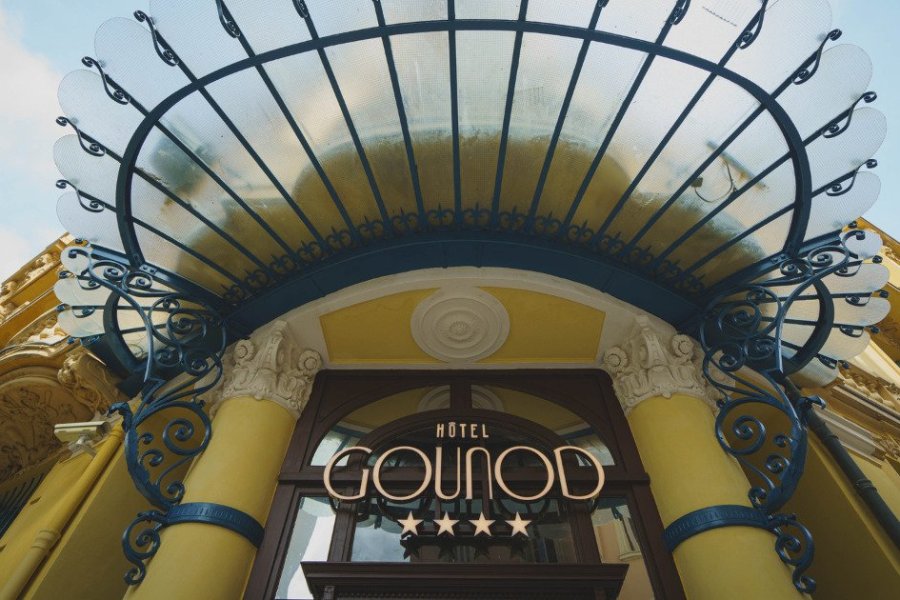
Marseille Provence Gastronomie: a gourmet summer in the city of Marseille
Recommended by Tanguy REVAULT
Gourmet travelers who have decided to visit Marseille this summer are in for a treat. From July through to Indian summer, Marseille Provence ...
Historical capital of Provence, Aix-en-Provence has kept all its splendor and shines in many ways for its heritage, its famous calissons, its festivals and its cultural events. Founded on the heights, Aix bears a Roman name, Aquae Sextiae(aquae for the thermal waters and Sextiae for the consul Sextius). The hot water baths are known since the 1st century B.C., and today, the Provencal way of life can be found in the alleys, squares and, of course, the many fountains of Aix. Want to visit the city? Here is what a tourist guide to Aix-en-Provence will suggest. In the heart of the city, the Cours Mirabeau gives an idea of the richness of Aix. Almost 500 meters long, it is the link between the Mazarin district, to the south, and the old commercial city, to the north. It is also one of the most frequented and lively places in Aix. Enjoy its shaded terraces, the facades of its houses and its four fountains, harmoniously distributed from one end to the other. Further on, stroll through the pedestrian streets around the Richelme square, then the town hall. Then go back up to the Saint-Sauveur cathedral, not hesitating to get lost in the numerous alleys. When you get close to the Archbishop's Palace, don't miss the various private mansions on rue Gaston-de-Sapora. In terms of museums, this city of art is not to be outdone: above all, don't miss the Paul Cézanne museum, the painter inspired by Aix as much as he himself marked the city.
When to go to Aix-en-Provence ? All year round, you can enjoy a beautiful sunshine and ideal temperatures. You may want to avoid summer, the high tourist season, when the city is overrun, traffic is difficult and accommodation is even more expensive. Not to mention the heat that reigns there! The rest of the year, you can visit all the monuments and the different museums and stroll around the city to discover its fountains and alleys. Ask around, but the cultural offer is so important in Aix that an exhibition or a festival will inevitably attract your attention!
Aix-en-Provence enjoys a very good sunshine all year round. The city has a Mediterranean climate characterized by contrasting temperatures, with an annual range of about 15°C. Rainfall often comes in the form of sudden showers in spring and autumn (during the famous Mediterranean episodes). The summer is very hot and dry, the winter is mild. Unlike many other cities in Provence, Aix is relatively protected from the mistral wind.

Recommended by Tanguy REVAULT
Gourmet travelers who have decided to visit Marseille this summer are in for a treat. From July through to Indian summer, Marseille Provence ...

Recommended by Tanguy REVAULT
If you're in Marseille, you won't want to miss this major summer event. The festival takes place in some of the city's most emblematic venues, ...

Recommended , the 03/07/2024 by Isabelle DREZEN
After a carefully orchestrated renovation, Hôtel Gounod**** in Nice reopens its doors, ready to welcome guests in a setting that blends history ...